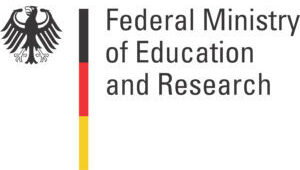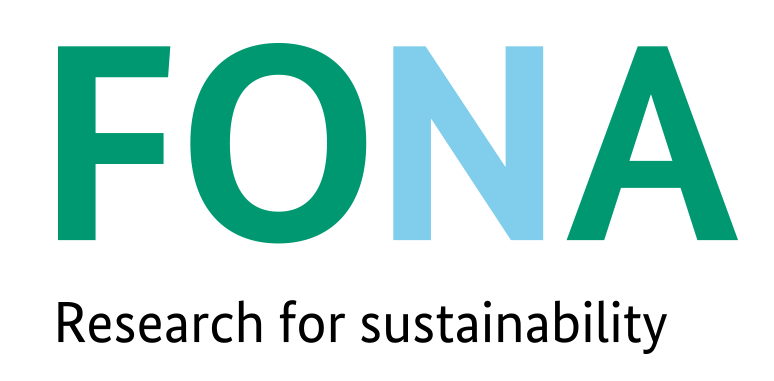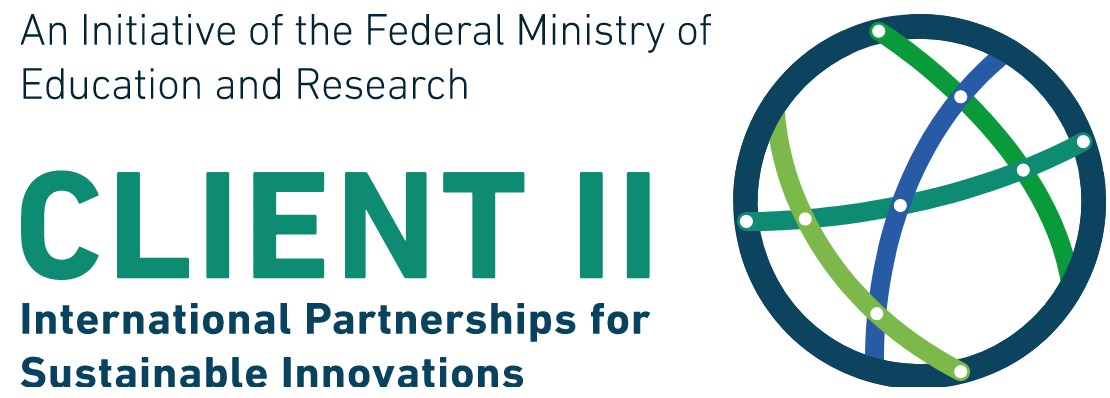Based on the research carried out in WP1 and WP3, in particular, the SWOT analysis in WP1.2, proposals and recommendations for the further development of guidelines and standards will be developed in close consultation with the relevant local actors, in particular, the Ministry of Construction (MoC) developed in the field of energy, resource-efficient and sustainable construction.
In doing so, approaches of donor-initiated projects, such as those of the UNDP or the IFC, are received and, if necessary, integrated. A concept for a holistic regulatory framework in the field of energy, resource-efficient and sustainable construction is developed by the project team and coordinated with the relevant stakeholders of MoC, MoST, IFC and UNDP. The proposals and recommendations for action are tailored to the scope and development of the research facility planned in WP3.1.
Based on the results of WP2 and aligned with the current efforts of VIBM and the MoC, a concept for structured material specifications and a labelling system for building materials is being developed to help professionals and other practitioners in the performance-based Support material selection for energy-efficient and resource-efficient construction.
The aim is to translate the complex and detailed set of specifications (see WP2.1.-2.4) into a form that can be understood by all relevant actors (e.g. skilled and unskilled construction workers, planners). For this purpose, in this WP on the one hand an effective and comprehensible presentation of the content is examined and on the other hand the technical and scientific standards for the determination of the material characteristics are compiled, in order to ensure the quality of the marking system stored records and in accordance with WP3.1 and WP3.5 specifications for to provide the identification of this data. National and international material standards are analyzed and especially the approaches of the Federal Institute for Research on Building, Urban Affairs and Spatial Development (BBSR),of the German Institute for Construction Technology (DIBt) and the Federal Environmental Agency (UBA).
The concept of the labeling and rating system for building materials will be discussed in a specialist workshop with specialist colleagues and will be presented in a highly developed version to the technical department in the MoC.
The developed labeling and evaluation system can be further developed in a following project eg in databases modeled on the German WECOBIS database with information on the environmental and health effects of building materials or the German building materials database ÖKOBAUDAT.
So far, knowledge of sustainable construction in Vietnam is still limited. Expertise is distributed to different organizations in Vietnam. The prevailing silomentality and institutional fragmentation hinder efforts to promote sustainable building on a larger scale. In addition, potential for creating synergies between science and industry has not yet been fully exploited. Our project therefore aims to promote the establishment of a competence center for sustainable construction in Vietnam (CCSB-UN).
The CCSB-UN as a new cross-sectoral institution is to be developed step by step and eventually established at Vietnam’s leading research institution in the field, the National University of Civil Engineering (NUCE) in Hanoi. The Competence Center will bring together specific expertise from the relevant faculties of NUCE and other research institutions in this field. It will also disseminate the scientific knowledge and products of our CAMaRSEC project.
The CCSB-UN has a variety of tasks: it should serve as a transdisciplinary center for innovative research, as a service point for relevant companies (eg for designers, product developers) and at the same time as a cooperation and implementation partner for externally funded projects from industry, the international donor community and the national government of Vietnam , A main goal is the promotion of knowledge transfer from science to business and vice versa.
Synergies with existing organizations such as the Vietnamese Construction Association (VACEE) and its sub-organizations are explored intensively. In addition to promoting solution-based research, it is foreseen that the CCSB-VN will coordinate qualification programs for skilled workers, such as craftsmen, thus ensuring continuity of activities in WP5 “Capacity Building”. Another important task, in the spirit of advocacy, will be an active advocacy of more sustainability practices in the Vietnamese construction sector and raising awareness of these issues in Vietnamese society. Naturally, social media channels should also be used for this purpose.
Our project will provide the impetus for this ambitious project. It will finance a project staff to support this. NUCE has already stated that it will provide space and infrastructure for the CCSB-UN. During the project, the project staff will also act as local coordinator supporting German researchers in their field work and other related activities. The CCSB-UN is therefore also to document and broaden the CAMaRSEC project results. In order to put the CCSB-UN on a more permanent footing and to ensure continuity after the duration of our project, we want to gain an integrated CIM expert (funded from Germany) to support the CCSB UN management. In addition, funds should also be raised from the German Academic Exchange Service (DAAD).
Universität Stuttgart
Institut für Gebäudeenergetik, Thermotechnik und Energiespeicherung (IGTE)
Pfaffenwaldring 35
70569 Stuttgart
Deutschland


